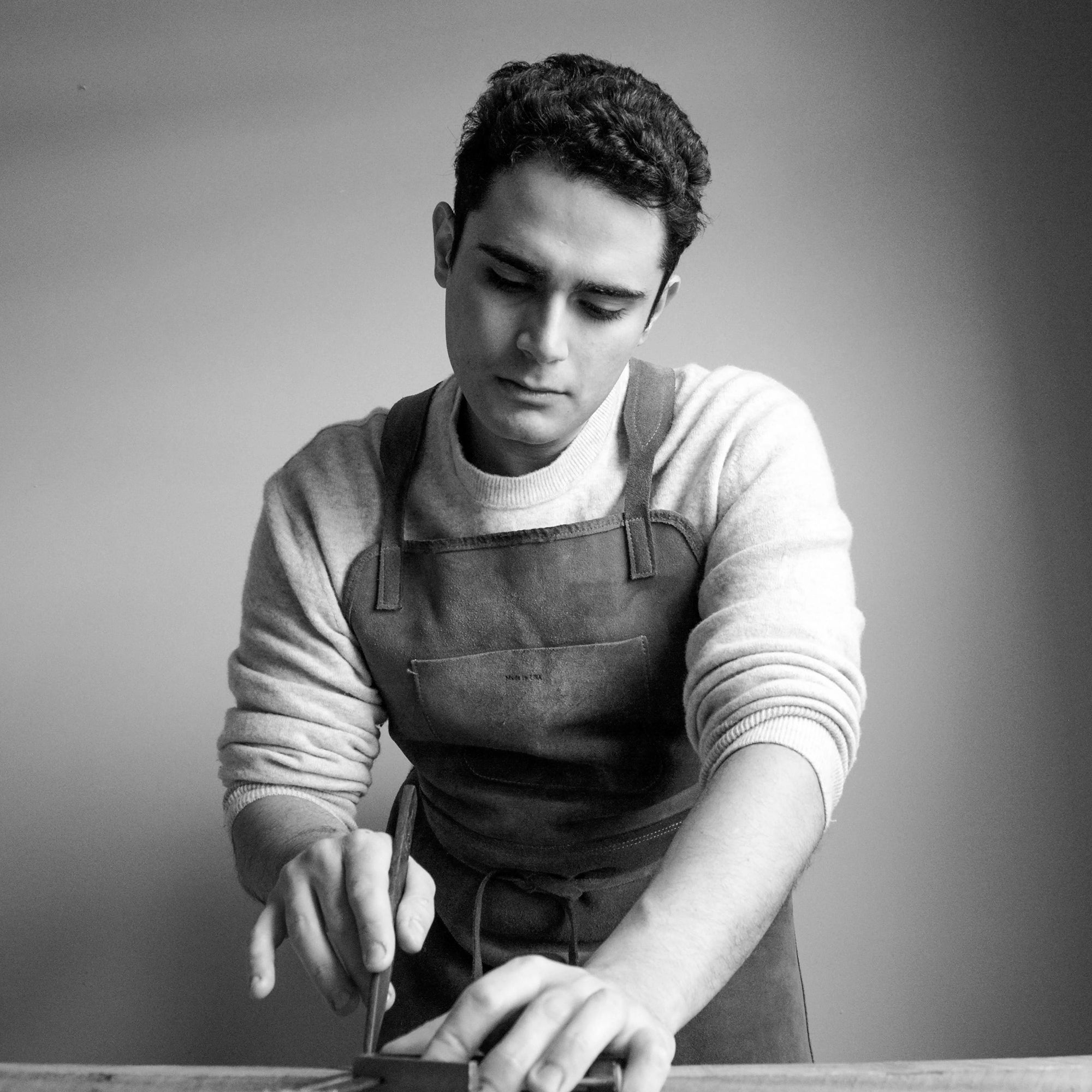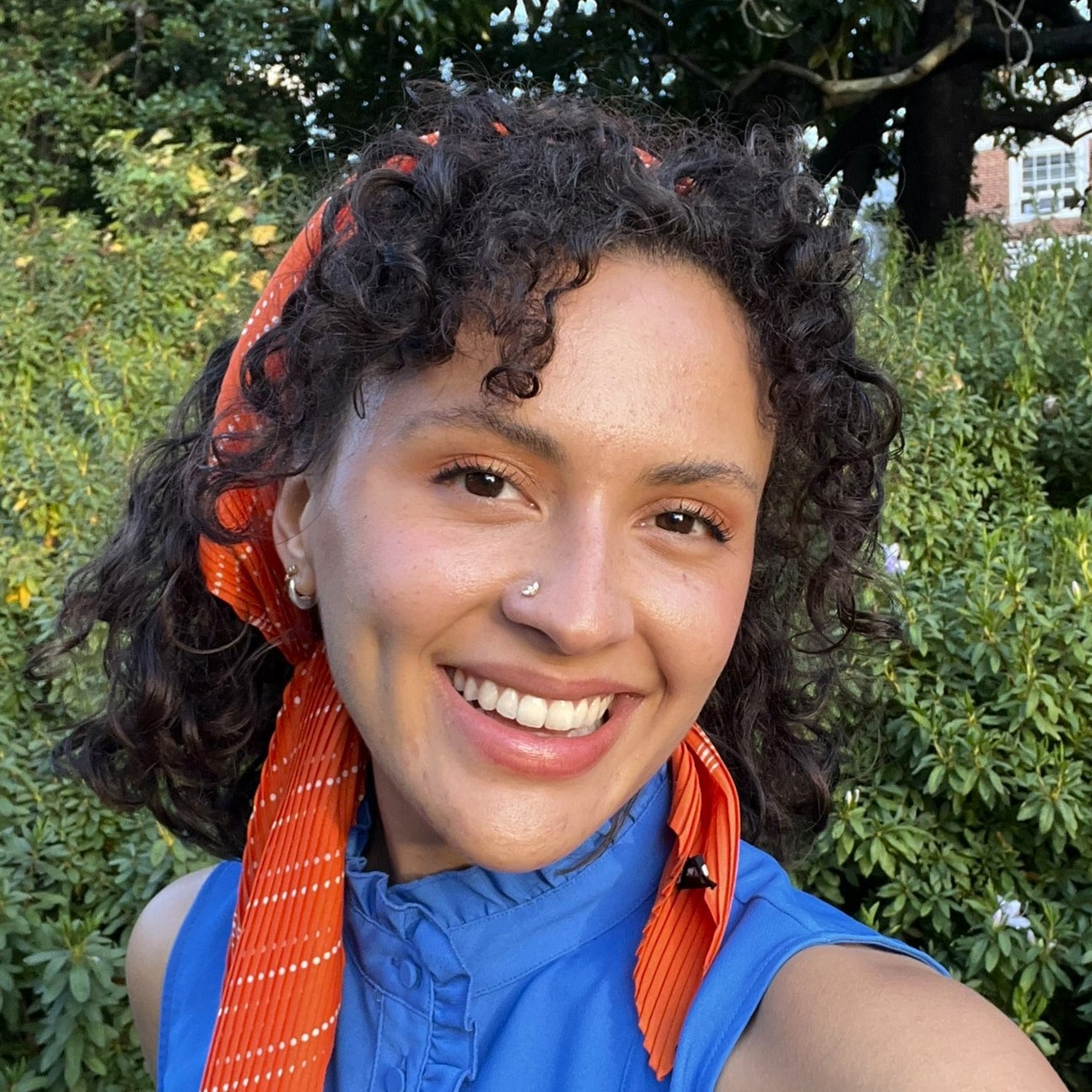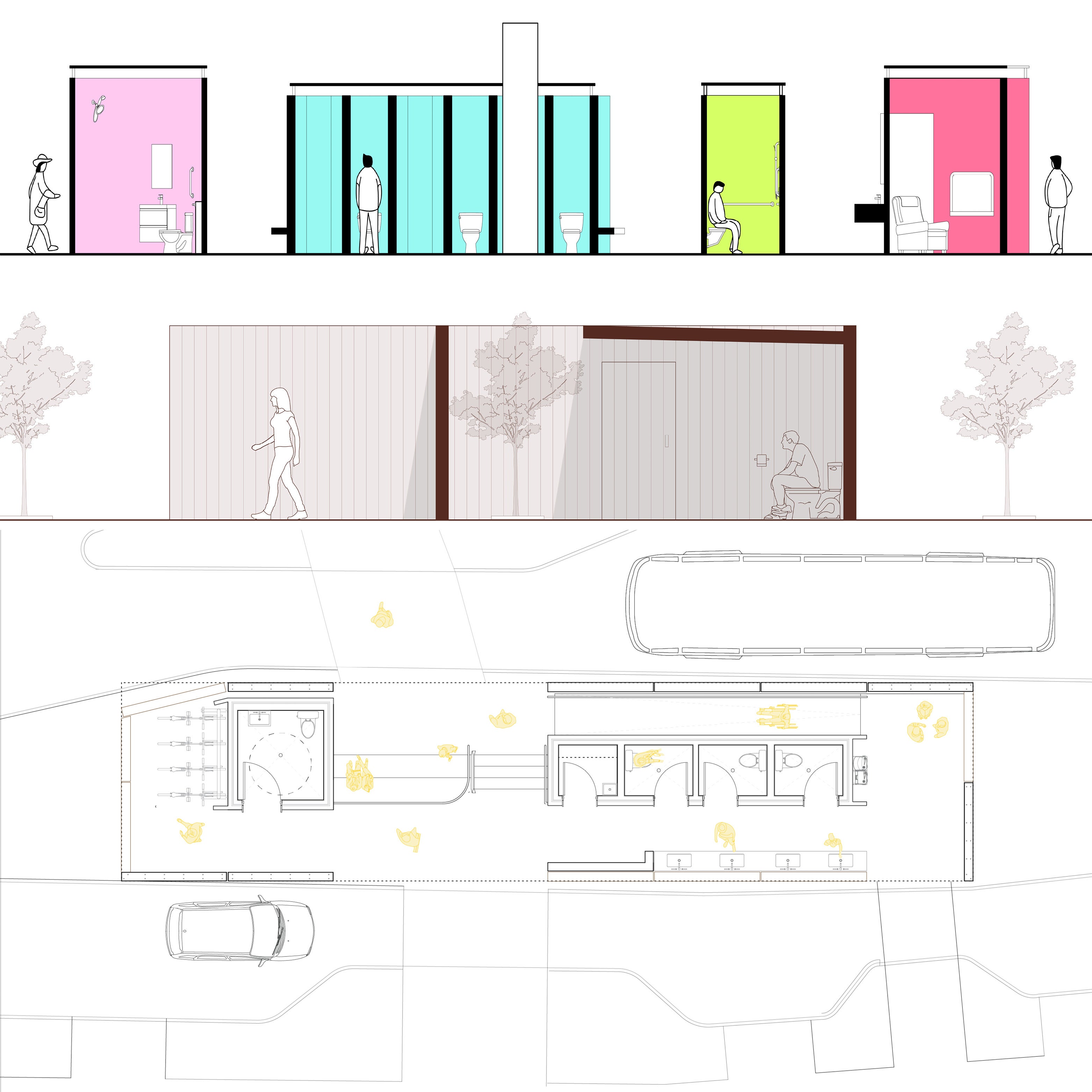
Cultivating Equity: Landscape Architecture Studio Partners with New Roots Charlottesville
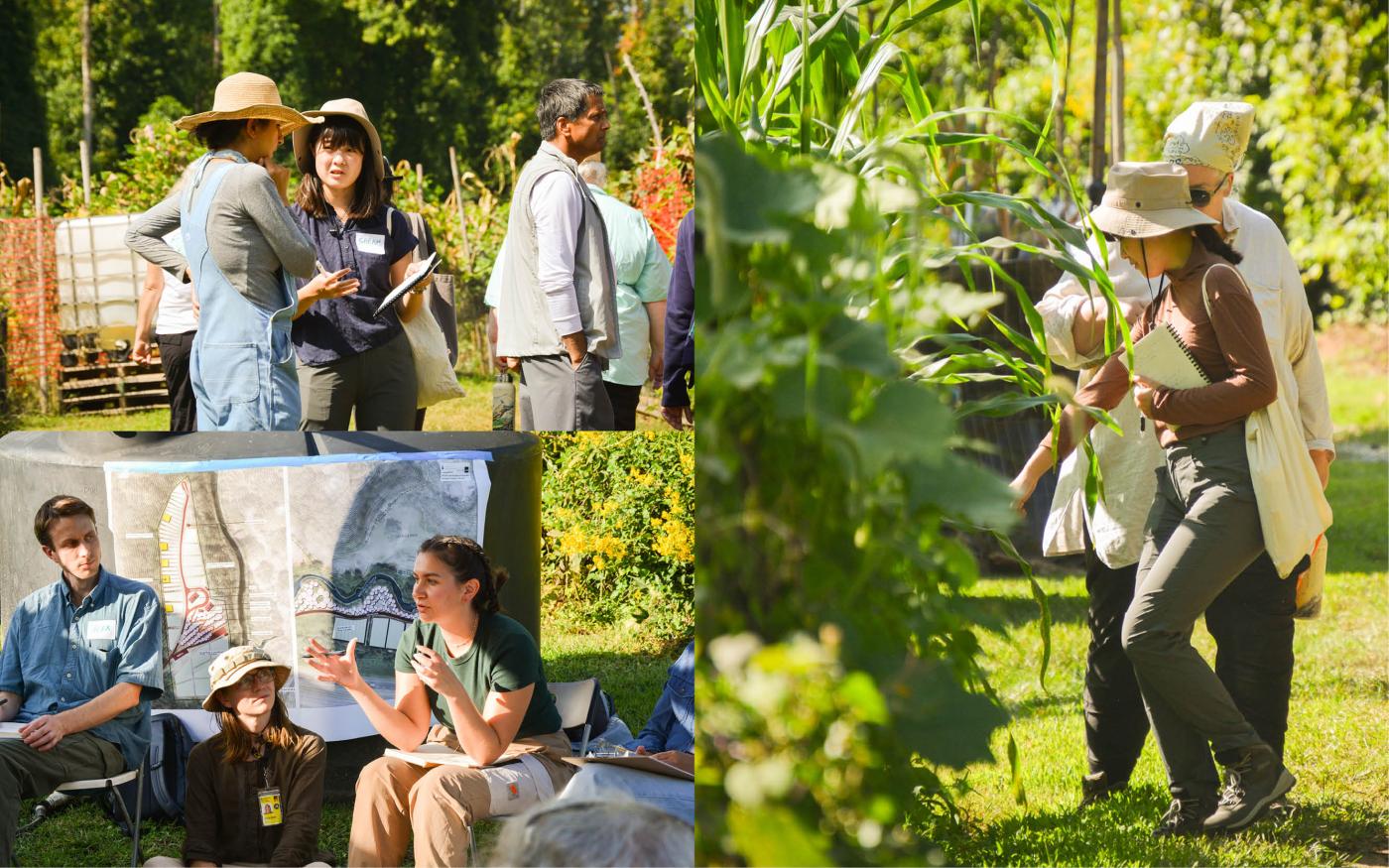
The University of Virginia School of Architecture's graduate landscape architecture studio, People, Community & Place: Exploring Uneven Geographies through Disruptive Engagements (LAR 7010), taught by Dr. C.L. Bohannon and William Shivers, delves into the intersections of social equity, environmental justice, and community-driven design. As part of the course’s mission to confront structural inequalities in urban landscapes, students recently participated in an immersive module titled “Food is a Human Right.” Through this assignment, students partnered with the Charlottesville chapter of the International Rescue Committee’s New Roots program, a local organization supporting refugees and New Americans via community gardening, urban agriculture, and food initiatives. This collaboration offered students a hands-on perspective on participatory design for food justice, equipping them to develop real-world solutions based on community input.
Community Connections: Partnering with New Roots
New Roots serves as a crucial resource for food security, supporting about 150 refugees and 85 community gardeners each year by offering opportunities for refugees to grow culturally relevant crops and engage in meaningful community connections. Through the “Food is a Human Right” assignment, LAR 7010 students collaborated with New Roots gardeners in a series of charrettes to envision an expanded urban agriculture site at New Roots Farm, with potential additions at nearby Azalea Park West.
Reflecting on this experience, student Laura Whitaker (MLA '26) highlighted the unique opportunity to shape her design thinking beyond academic norms, directly connecting her work to community impact. "Listening to ideas from the farmers and staff," Whitaker explained, "and then filtering through that information to create a cohesive design was unlike any other A-School experience I’ve had. Instead of relying on plans and sections, we created images to help the community members picture themselves in our design.” This approach emphasized empathy and accessibility, as students adapted their language and presentation style to bridge cultural and linguistic gaps.
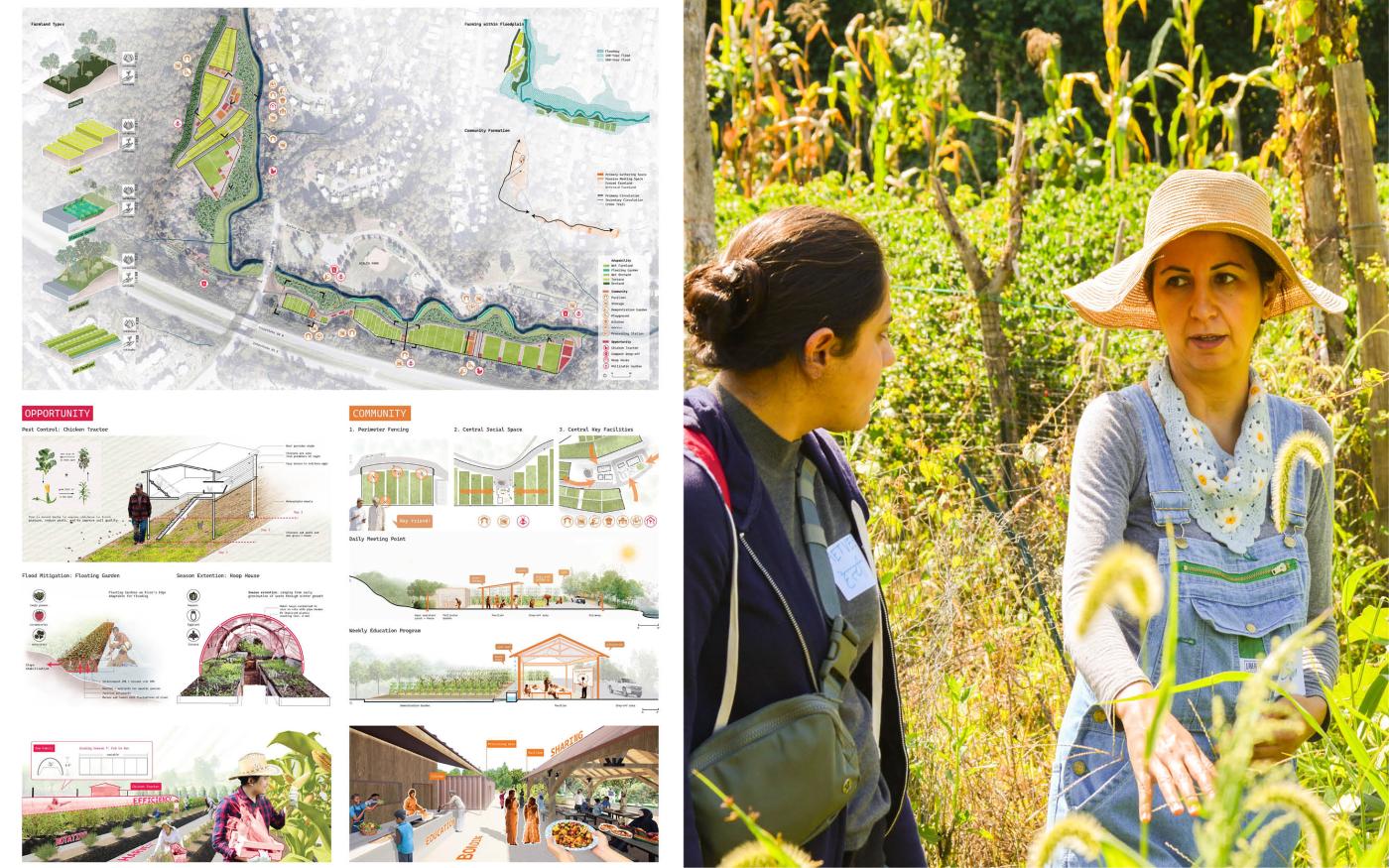
Design as a Tool for Food Justice
A key aim of the project was to align design with New Roots’ mission of fostering cultural and culinary connections through agriculture. Whitaker and her teammates focused on elements that would allow refugees to grow culturally significant vegetables, through the introduction of season-extending structures like hoop houses and row covers. This adaptation allows refugees to sustain their culinary traditions by growing staple crops from their home countries. “Food is such a powerful way for us to share culture with each other,” Whitaker said, “so it felt important to increase opportunities for these farmers to maintain the culinary traditions of their homelands and families.”
Student Nikki Estrada (MLA '25) shared her inspiration for designing spaces with multi-generational needs in mind, based on her observations of children and grandchildren playing at the farm. “Thinking about the importance of farming and food—as sustenance, culture, and tradition—was translated into the landscape in the form of playful and ecological berms,” Estrada explained. This design approach, considering both individual and family needs, creates a legacy of food justice that resonates across generations.
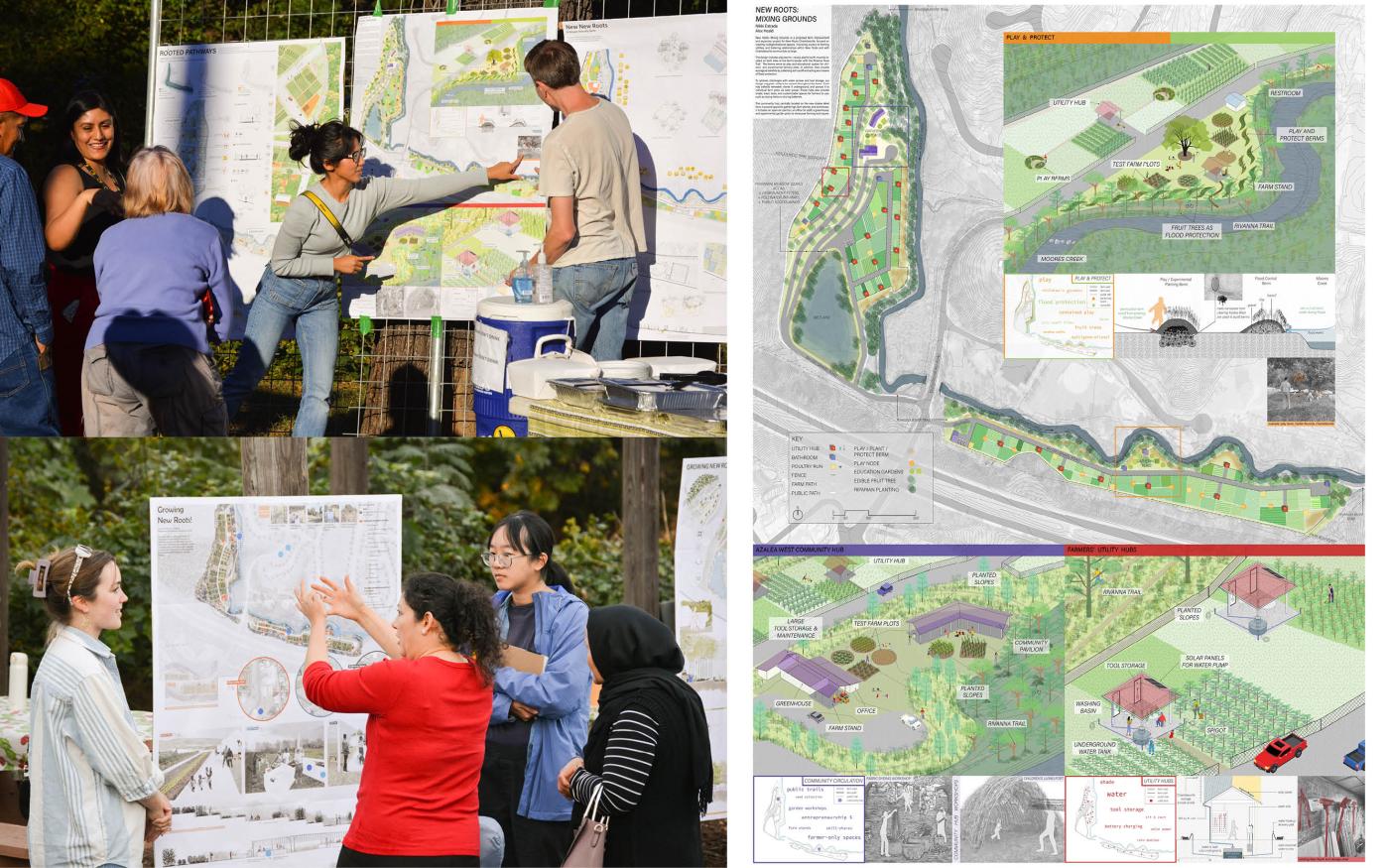
Embracing Community-Engaged Design
The LAR 7010 studio emphasizes community-engaged design principles, encouraging students to critically reflect on how community input shapes the design process. Prioritizing stakeholder engagement, the course fosters a learning environment where students learn directly from the community they aim to serve. "Working with a community partner makes the design process take two to three times longer than working alone," Estrada said, "but it offers opportunities to lean on each other’s strengths and to learn patience and trust. Our final design reflects how strong working relationships lead to effective solutions.” For students like Whitaker and Estrada, these experiences underscore the role of design in addressing structural inequalities and highlight the transformative potential of creating equitable community spaces.
Through their partnership with New Roots, the A-School's landscape architecture students have gained practical skills in community-driven design, while contributing to food security and cultural continuity within Charlottesville’s refugee community. As they continue their journey in LAR 7010, these students carry forward a design approach deeply rooted in empathy, social justice, and the power of place.

